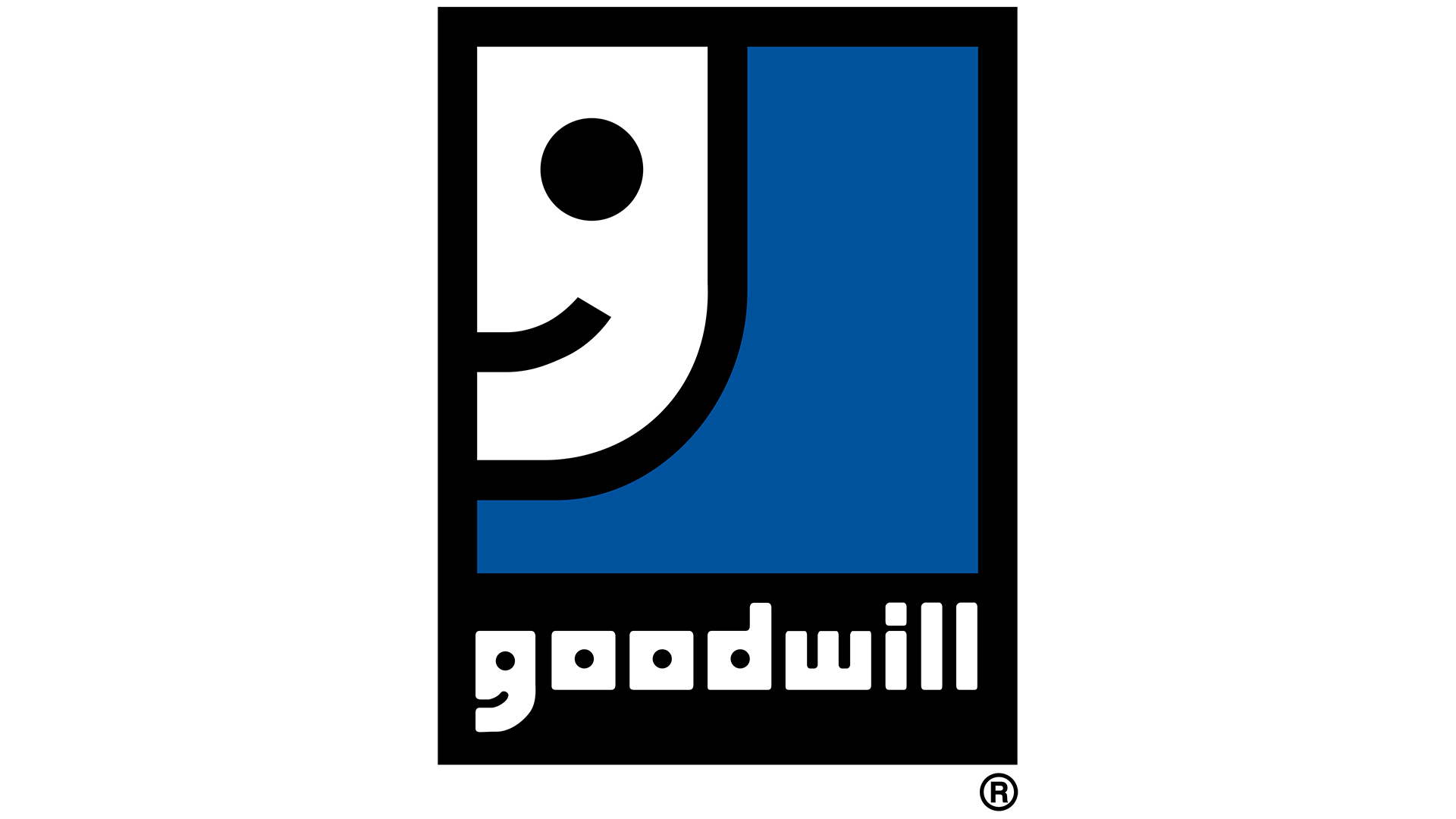10 years ago, I graduated from college with a graphic design degree (wow, where has the time gone?!) Over the past 7 years, I have focused on being a technical graphic designer, creating things like quick start guides and instruction manuals. I love being a documentation graphic designer because every day I am presented with challenges to overcome – piecing together layouts, illustrating products, showing how a product works, or hitting rush deadlines (the list goes on, but that gives you an idea).
Through these challenges, I have learned that the value of graphic
designers is their ability to visually communicate. Visual communication is
necessary today because we have become a fast-paced society. A Business 2 Community article says “the
brain processes images 60,000 times faster than it does text.” Making
documentation visual helps the end user process information with ease and enjoyment.
Here are 5 reasons that make graphic designers great visual communicators and
why you should include them in your next documentation project (or any project for that matter).

When building a house, the foundation must be solid and structurally sound. This is the same principle that graphic designers follow. The foundation of a well-polished documentation piece is its layout. Documentation created by a graphic designer with a trained eye forms a layout with clear, simple, and organized flow. The reader is able to follow, understand, process, and then execute the tasks successfully all thanks to a carefully crafted layout.

Typography is a fancy word for arranging and sizing type to make text readable. Imagine a document with page after page of all-one-size text. That would be really hard to follow. One way a graphic designer resolves this is by applying the typographic hierarchy, which uses different size text and font styles to differentiate between headings, subheadings, body copy, and notes. This hierarchy is important in text-heavy documents because it breaks up the content to help end users find needed information. The best graphic designers apply the typographic hierarchy and other typography principles to arrange text, so the end user comprehends document instructions.

Color psychology is the idea that color can affect our moods and emotions. If a graphic designer wants their work to evoke happiness, they might consider incorporating yellow because it implies optimism and warmth. Color psychology can also improve direction and instruction. Like red and orange road signs that grab our attention while driving, graphics in documentation can be emphasized with a perfectly placed color arrow or box. If a full-color document isn’t in your budget, no worries! A skilled graphic designer can use different shades of gray to offer variation and contrast which helps the end user differentiate between similar graphic elements.

Every brand needs a consistent personality in its communications to be successful and gain trust from a loyal customer base. One thing a brand can do is incorporate elements from a brand style guide, including logos, colors, fonts, images, and voice to define the brand’s personality. Think about Coke: They have a distinct logo, recognizable red color, unique feel, and laid back tone. Even if you are halfway across the world, when you see a Coke product, you know what you are getting. Experienced graphic designers are good at designing documentation that fits your unique brand. Branded documentation tells customers that the brand cares about every detail of their product and reinforces the brand’s personality. If your brand doesn’t have a style guide, graphic designers are a great resource to help your company create a style guide based on your brand’s goals, mission, vision, and culture.

Graphic designers are known for their creativity, but it might surprise you how much knowledge they have about technical tools. They need both creativity and technical skills to make a project successful.
One technical aspect is choosing or converting a graphic to the correct file format. There are a lot to choose from: JPEG, PNG, GIF, AI, EPS, PSD, TIFF, and more. Picking the right graphic file format depends on what your end medium is. For example, if the final file is going to be printed, a graphic designer will normally use a graphic file format that is vector based (files like AI or EPS). When sending files to a printer, graphic designers know how to set up and use the proper tools to deliver final files successfully. Getting these files right the first time will save you and your printer time.
If a document will be on the web, a graphic designer will choose a graphic file format that uses pixels (files like a JPEG or PNG). They use software to “crunch” graphics to a smaller size, which is better for uploading or exporting to the web. These tools and techniques can be overwhelming to many people, but don’t worry; a graphic designer knows how to handle the technical aspects of documentation and can lead you through the process with ease!

Documentation isn’t only successful because of what graphic designers bring to the table. More value is added when graphic designers work with technical writers and usability specialists. Before this team can move forward with the project, they must have a plan of attack. At D2, we call this meeting our Content Architecture (CA) meeting. This kickoff CA meeting is essential to get everyone on the same page, so they can work together to create documentation that the customer will understand and enjoy using.
Overall, a graphic designer is an exceptional visual communicator who has a trained eye for layout, typography, color, incorporating brand elements, and applying technical tools. A graphic designer can enhance your communication pieces with visual elements, adding value that will help end users be delighted with documentation like never before.











